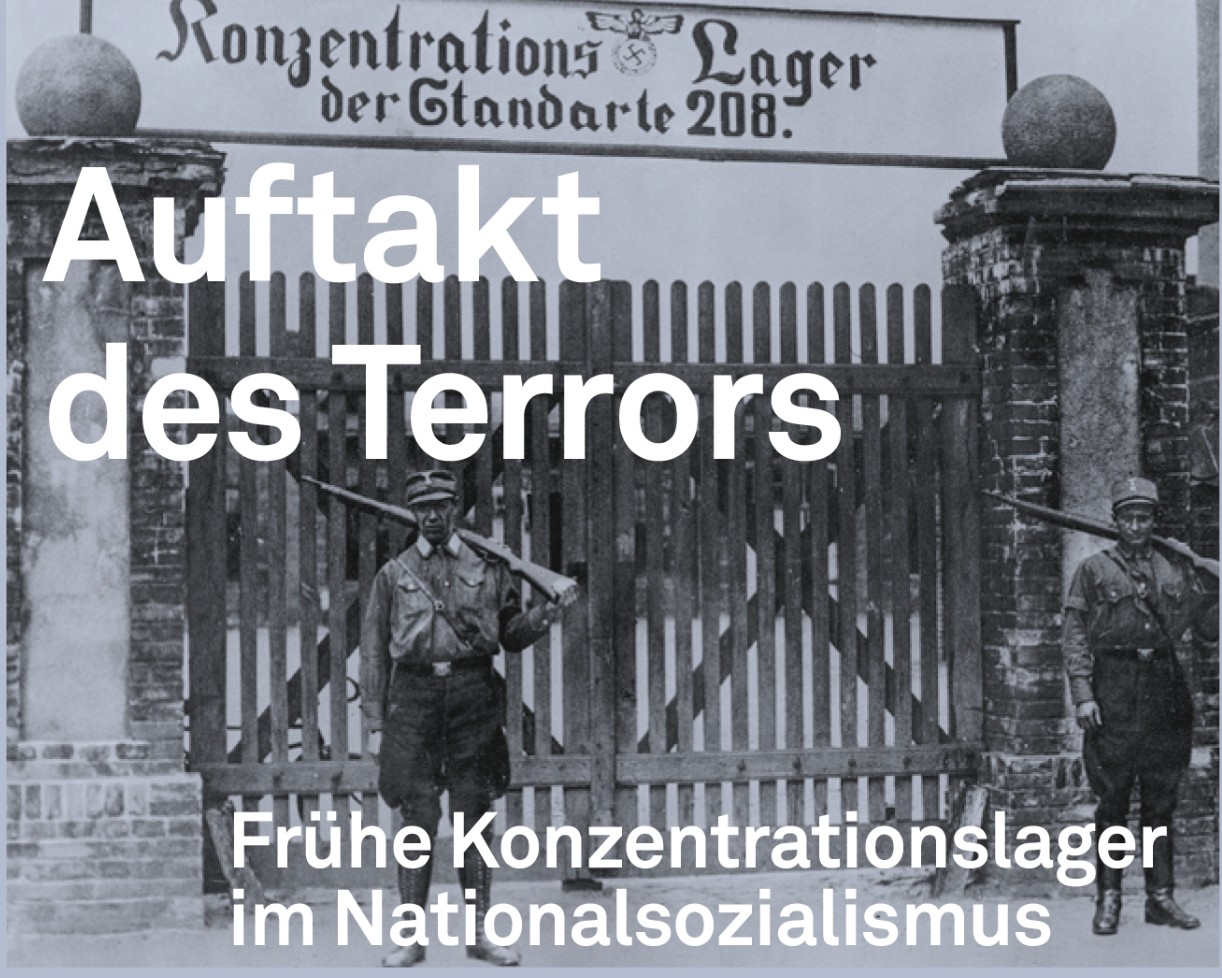More than 90 years ago, on January 30, 1933, the National Socialists came to power in Germany. They established a dictatorship based on terror and disenfranchised, persecuted, and eventually murdered millions of people. Concentration camps played a major role in enforcing and securing Nazi rule. Today, many people are familiar with the names of the large concentration and extermination camps like Buchenwald or Auschwitz, but few have ever even heard of early concentration camps such as Ahrensbök or Breitenau.
Set up in the first months of the Nazi dictatorship, some of the early concentration camps were then closed again after just a few weeks or months. The Nazi regime used them to test out instruments of intimidation and violence. Although the subsequent mass murder of millions was not a foregone conclusion, these camps and the terror practiced in them paved the way.
The exhibition and themes
In eleven thematic stations the exhibition The Terror Begins sheds light on the role and function assigned to the early concentration camps in the Nazi period. Drawing on numerous biographies of persecuted persons, the exhibition shows how these camps contributed to establishing and securing Nazi rule. The basis for this presentation are the sites of 15 former camps which today have memorial sites and are taking part in the exhibition. These camps are quintessential of what took place in the more than 90 early camps set up throughout the German Reich.
The Road to Dictatorship
Mass Arrests 1933
Places of Detention and Jurisdiction
Commandants and Guard Squads
Prisoners
Prison Conditions
Violence and Murders
The Local Neighborhood and the Public Domain
Closures and Reorganization
Commemoration and Remembrance after 1945
Alte Römerstraße 75, 85221 Dachau, Duitsland
Organiser: KZ-Gedankstätte Dachau
